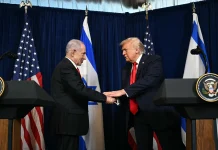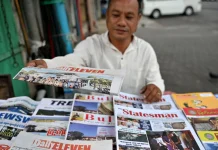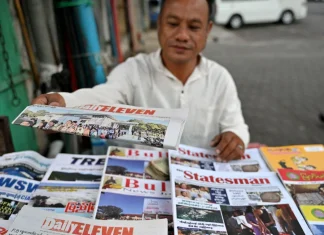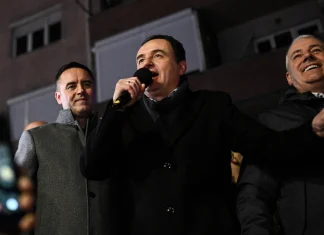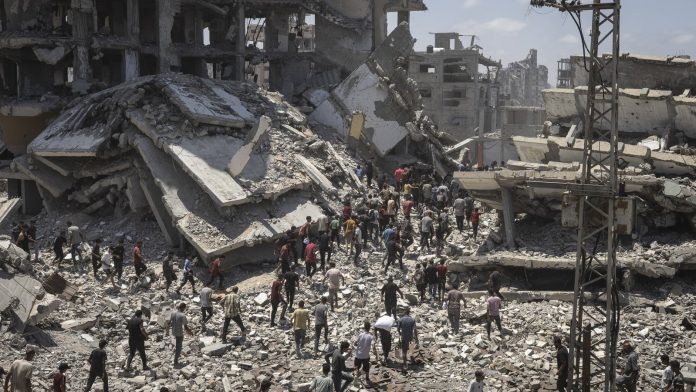
Inside Gaza City: A Fractured Hope Amid Escalating Conflict
As dawn breaks over the shattered skyline of Gaza City, a sense of unease permeates the air like smoke from the ongoing conflict. The Israeli government, helmed by Prime Minister Benjamin Netanyahu, has recently cleared a critical hurdle: the political-security cabinet approved a sweeping plan aimed at seizing control of Gaza City—the largest urban heart in the besieged Gaza Strip. This decision reverberates far beyond military strategy; it pulses at the core of a deeply complex and tragically enduring conflict that has uprooted countless lives over nearly two relentless years.
The Tactical Decision and Its Human Landscape
“The IDF will prepare to take control of Gaza City while providing humanitarian aid to the civilian population outside combat zones,” announced Netanyahu’s office, referencing the Israeli Defense Forces’ (IDF) grim mission ahead. While the prime minister has publicly expressed intentions to extend Israeli military control over the entire Gaza Strip, the recent directive zeroes in on Gaza City itself—a densely populated northern enclave already bearing the brunt of relentless warfare.
Barak Ravid, an esteemed investigative journalist, captured revealing insights after an Israeli official disclosed a chilling plan on the platform X (formerly Twitter): the ground assault will be preceded by orchestrated evacuations, uprooting Palestinian civilians from their homes to clear the path for the offensive. This stark reality raises harrowing questions—how do ordinary civilians navigate the peril of displacement amid such escalating violence? What becomes of a city emptied by the throes of war?
Negotiating Governance in a Powder Keg
Netanyahu’s rhetoric hints at a paradoxical strategy: while Israel intends to grapple militarily with Gaza’s geography, it simultaneously expresses a desire to avoid direct governance. “We don’t want to keep it. We want to have a security perimeter. We don’t want to govern it,” he told Fox News’ Bill Hemmer. Instead, Israel envisions transferring authority to Arab forces—though specifics remain intentionally vague, leaving a global audience to ponder which actors might fill this power vacuum and what legitimacy they would hold in the eyes of Gaza’s residents.
Jordanian officials underscore a critical principle in this discourse: “Arab countries would only support what Palestinians agree and decide on,” a source told Reuters, emphasizing that any future security must revolve around “legitimate Palestinian institutions.” Meanwhile, Hamas leadership categorically rejects such plans, firing back that any externally imposed governance apparatus tied to Israel would be branded an “occupying force.”
This impasse recalls a missed Egyptian facilitation earlier this year proposing an administrative committee staffed by independent Palestinian technocrats—a balanced attempt to steer Gaza’s future beyond militant and military entanglements. That initiative, unfortunately, foundered as both Israel and the United States declined the proposal.
The Echoes of 2005 and Rising Tensions
The prospect of reclaiming control over Gaza City carries echoes of Israel’s 2005 withdrawal, when settlements and soldiers evacuated the strip, yet Israel maintained a chokehold on borders, airspace, and utilities. Right-wing factions within Israel attribute that withdrawal to empowering Hamas—the militant group that not only won elections a year later but triggered the latest catastrophic round of violence.
The current military expansion raises potent questions: Is this the start of a permanent occupation or a phased, tactical campaign to uproot Hamas? Israeli political circles appear divided. Reports of tension within Netanyahu’s own security cabinet surfaced recently, especially surrounding military chief Eyal Zamir’s resistance to a broadened campaign. A government source noted ongoing discussions of a “phased takeover,” starting with clearings in currently unoccupied Gaza zones, followed by phased evacuations offering civilians “several weeks” notice.
Human Shadows: Hostages, Displacement, and International Outcry
At the heart of these decisions are the people whose lives hang in the balance—especially the 50 hostages still held by Hamas, with Israeli officials believing approximately 20 remain alive. The global community has watched in anguish as images released last week showed frail, emaciated captives, stirring waves of international condemnation. These images serve as a stark embodiment of the war’s brutal human cost.
Protests in Tel Aviv reflect the raw, emotional wound felt within Israel itself, where citizens clutch photos of missing loved ones and plead for their safe return. Meanwhile, Gaza’s civilians—enduring relentless bombings, severe shortages, and now the threat of forced evacuation—face an existential crisis.
Humanitarian aid convoys cautiously threading their way into the enclave provide fleeting glimpses of hope. Yet, accusations fly: Israeli officials allege Hamas diverts aid for militant ends, accusations Hamas staunchly denies. This tug-of-war over humanitarian lifelines further complicates prospects for peace—or even ceasefire discussions, which have notably faltered since July.
The Global Lens: Beyond Borders and Headlines
The United Nations has sounded an alarm, calling reports of Israel’s military expansion “deeply alarming” and stressing the catastrophic consequences for civilians. Arab states, often skeptical of direct military offenses, focus on the need for Palestinian-led decisions, hinting at broader regional implications. This conflict is not isolated; it reflects broader trends of protracted territorial disputes, contested sovereignties, and the acute human costs when war grinds on without resolution.
Meanwhile, within Israel, polls reveal a population weary yet resolute—many desire a swift end that guarantees the safe return of hostages, but few envision a simple path forward. International diplomatic efforts appear stymied, and the respite so desperately needed remains elusive.
Looking Forward: A Call to Reflect
As Israel contemplates deeper military incursions into Gaza City—and perhaps beyond—one cannot help but ask: who truly wins in a war where control of land trumps the sanctity of life? What does it mean for the children growing up amid ruins, for families torn apart by displacement, for those caught between the express lanes of power politics and the slow, grinding trauma of survival?
History has taught us that urban warfare leaves no stone unturned, no family untouched. In the heart of Gaza City, a densely packed population faces the dreadful prospects of conflict, exile, and loss. For the world watching, this moment is a test of empathy and action—how do we hold humanity above geopolitics? How do we lift the voices of those most vulnerable, so they are heard beyond smoke-filled battlefields and polarized politics?
In uncertain times such as these, it is our shared responsibility to look beyond the headlines. To grasp the nuances behind military decisions and political rhetoric. To remember that behind every strategic map lies a human story, and that peace, however elusive, demands relentless pursuit—not just of victory, but of justice and compassion.



